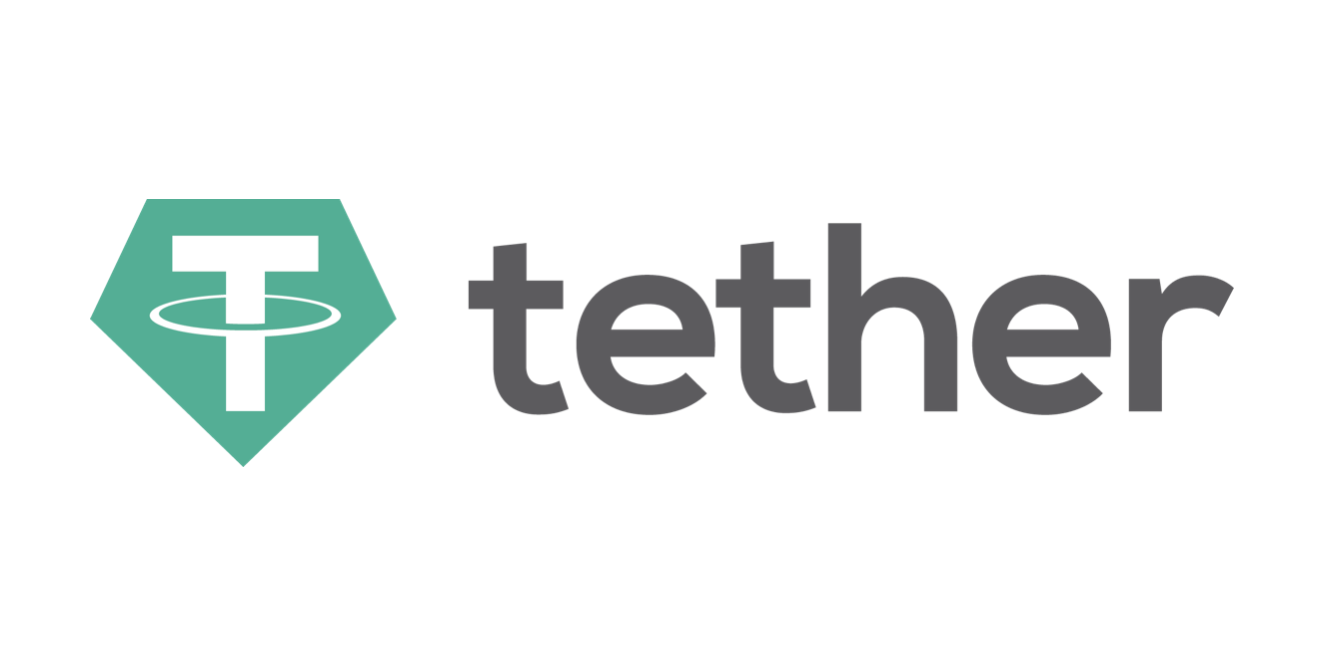
Stablecoins, which are tokens on the blockchain pegged to stable assets like gold or fiat currencies like US dollars, provide a convenient way for avoiding risks in this extremely volatile crypto world and transferring values between different crypto exchanges.
Among all stablecoins, the most successful one is USDT. Pegged to USD at a fixed ratio of 1:1, it was invented by Tether, a company incorporated in Hong Kong and governed by the laws of the British Virgin Islands. Tether claims that every USDT is backed by one US dollar in their bank account, in which way USDT gains its value. Due to its stableness and convenience, it has has been traded on most crypto exchanges as a proxy to US dollars including those most prominent ones like Bitfinex, Kraken, and Poloniex.
Despite its tremendous success, there is never a solid foundation for USDT. Checking Tether's website (tether.to), we cannot really find much transparency information except the following unaudited and undated balance sheet, showing how much USDT they have issued and how much money is still in their bank account (if they still have one).

Due to recent rumours about Tether's bank account closure, USDT/USD depreciated significantly to sub 0.8 in a short period time on 15 Oct, as shown in the following Kraken's price chart.

To solidify the foundation, quite a few companies have issued their own stablecoins including Circle's USDC, Paxos' PAX, Gemini's GUSD, and TUSD. Some are claimed to be regulated under the US jurisdiction, while others are not. However, no matter in what way they are regulated, they all try to peg to US dollars, which is essentially backed by the US government.
Given so many hassles, why are people still so obsessed with stablecoins? There are two reasons.
First, they see blockchain can be used as an extremely secure and convenient way to transfer value. Without the banks/payment gateways in the middle, people can send stablecoins securely through the Internet pretty much instantly with negligible fees. This has never happened before in the human history, and it is also a strong proof that blockchain technology is of great value.
Second, they also see a big problem of Bitcoin or cryptocurrencies in general, i.e. volatility. As we know, a currency needs to satisfy three requirements: store of value, means of exchange, and unit of account. Bitcoin is a great store of value because it is deflating and also an unprecedented means of exchange because it is digital, but due to its volatility, it is not a good unit of account, at least for now. Ten BTCs can buy you a decent home in California in last December but not so now. Although US dollars is inflating and thus not a great store of value and notes is not a good means of exchange, it is a great unit of account adopted everyday in almost every country. Relying on the blockchain technologies, stablecoins solve the means of exchange problem of US dollars and become better currencies than the raw US dollars, given the pegging is solid. That's also the reason why stablecoins are becoming so popular!
However, stablecoins pegged to USD are eventually backed by the US government and thus cannot be really stable. That's also the reason why people are switching from USD to Bitcoin, isn't it? Actually, if you check the historical volatility of Bitcoin shown as the following graph, you will find it is declining over the past few years. The theory is that when more people accept and use Bitcoin, the price will become more stable. Eventually, Bitcoin price could be as stable as gold once it goes mainstream, and then using it as a unit of account would not be an issue.
So, stablecoins is just a temporary mitigation in this transition period and the ultimate solution is still Bitcoin.


